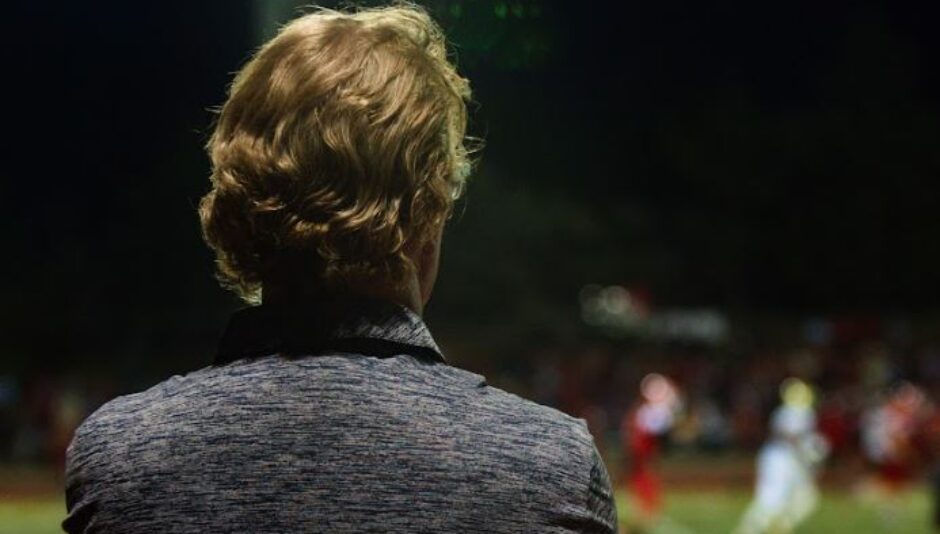Good leaders enable those around them to be an all-star cast
I have written many times in the past about my affinity for movies. I love movies. Big movies. Small movies. Genre movies. All kinds of movies. And I love all star casts, the kinds of casts that leave an audience asking “how did they get all of those people to do this?” You know the kind of movie I am talking about. These are the types of films where the actors’ last names on the poster are enough to drive excitement about the movie.

I am thinking of the Ocean’s Eleven casts or the Avengers Endgame roster or, more recently, the Oppenheimer actors. Watching great artists energized by other great artists is amazing and a great cast can take mediocre material and make it soar.
I have recently joined a new cast. I have taken a new position and am the principal of a wonderful high school and I am so blessed and lucky to have this role. In the weeks after I got the job, I did my best to familiarize myself with my new colleagues’ names and positions, developing and working through tabbed spreadsheets so that I could hasten my learning curve.
This seems to me to be a great cast.
I know my job. It is to empower them to be an all-star cast.
Good leaders enable those around them to be an all-star cast. Like excellent directors, good leaders put people in positions to work together in cooperation. Good leaders inspire people to combine their strengths, to deemphasize their weaknesses and to work towards shared and clearly articulated goals.
A cast is a team and those of us in education have been put on teams time and again in our work: teams that complete projects, teams that choose textbooks, teams that plan curriculum. Call them committees or departments or working groups or whatever else you wish to. We have all served on them.
When we are on the team, we are in the cast.
I have been a bit player, a featured performer, a lead character. I have experienced casts working well and succeeding. I have experienced casts clashing painfully and failing.
What’s the difference? How does a cast go from a cast to an all-star cast?
I am not sure it always comes down to the composition of the group. I think that is lazy thinking and lazy leading. As I am new in my role, I have thought about this more than a little. I have always been wary of leaders who come into a situation and say “when I get my people in place, things are really going to work.” What about making things work with the people already there, with the cast already on its marks?
Good leaders work with casts learning their strengths and weaknesses. Good leaders learn who their actors are and how to position them for success. They coordinate the blocking, clarify roles (including their own), and bring up the curtain. They support. They encourage. They direct.
Is the metaphor too strained? How about this, then: I believe good leaders put people in positions for success, places where that play to strengths and deemphasize weakness. I believe good leaders structure the roles, responsibilities and tasks of their committees, advisory groups, departments cognizant of the makeup of the groups and understanding that one of the primary roles of the leader is to help people succeed. I believe good leaders create organizations of people within their communities who work together not only because they have to but sometimes because they want to.
They know their cast.
And they know how to empower them to be an all-star cast.
May I be so lucky to do so in my new role…
